OIST Graduation Ceremony 2018
The Okinawa Institute of Science and Technology Graduate University (OIST) held its second graduation ceremony on 25 May 2019.
Links
- Read web article "Celebrating OIST’s Newest Graduates."
- Watch video "OIST Graduation - Class of 2018."
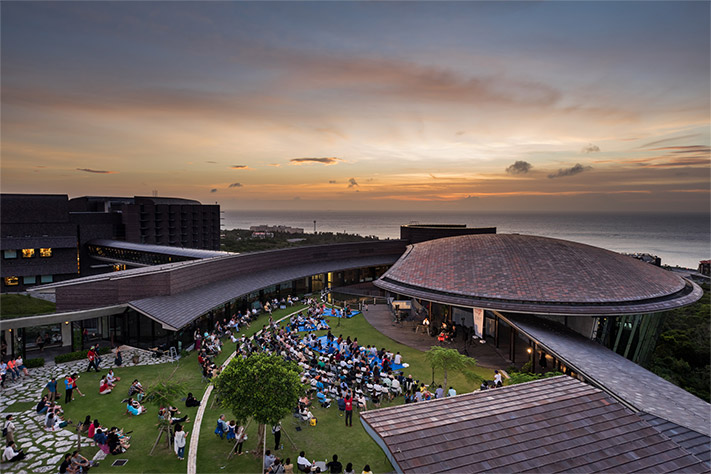
The University
OIST is international, with over 50 nationalities working onsite. Over 60% of faculty come from outside Japan, and the working language is English. OIST produces highly trained young scientists who are completely at ease in the global environment of science and industry.
OIST is committed to interdisciplinary research. The university encourages faculty, researchers, and students from diverse fields to share ideas, methods, and experience in collaborative initiatives that break through the restrictive barriers of traditional scientific disciplines.
To ensure that new research progress is readily applied in industry and high technology entrepreneurship, OIST works closely with the Okinawa Prefectural Government and industry to develop a self-sustaining, high technology economy on the island. Due to OIST, Okinawa is becoming recognized as a center for excellence in Science and Technology.
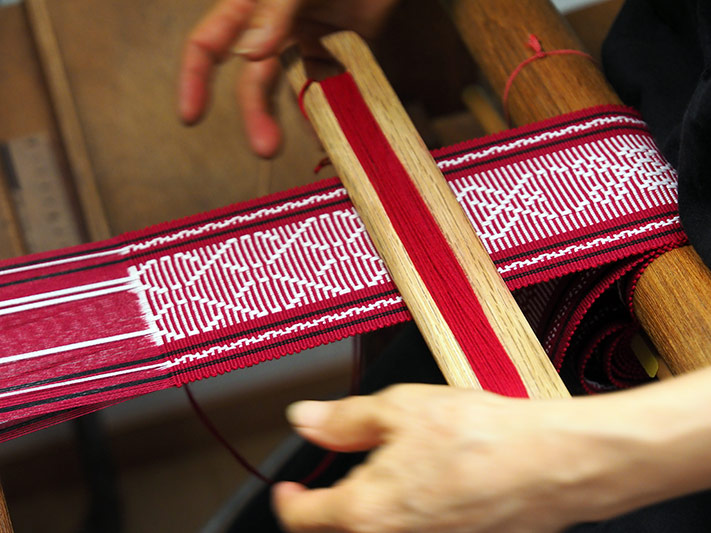
Academic Dress
Academic dress is part of a tradition spanning a thousand years of history, connecting us to the first universities in Europe. Originally the daily dress worn by students and professors alike, their use more recently has been restricted to formal occasions of the university.
The OIST academic dress was designed entirely by the students, and follows the red, white and black of the OIST colors. The hood, worn only by OIST PhD graduates, features a local textile, called Yuntanza Minsa using "Guushi-Bana" method, again in red, white and black. The design of the hood combines local auspicious patterns for luck in money and life, and stylized sine waves representing the sciences.
The hoods were generously hand-woven from locally hand-dyed cotton by Ms. Misae Gakiya from Yuntanza Hanaui, a craft weavers guild from Yomitan, and we thank them for their wonderful contribution.
Program
Saturday, 25th May 2019
OIST Auditorium
1:30 pm
- Auditorium doors open
2:00 pm
- Musical Introduction and Academic Procession
2:10 pm
- Welcome by Dr. Peter Gruss, President of OIST Graduate University
- Message from Mr. Mitsuhiro Miyakoshi, Minister of State for Okinawa and Northern Territories Affairs
- Message from Mr. Denny Tamaki, Governor of Okinawa Prefecture
- Commencement Address by Sir Paul Nurse, Director of the Francis Crick Institute, London
2:50 pm
- Presentation of Honorary Degree to Prof Svante Pääbo, Director of Max Planck Institute for Evolutionary Anthropology
3:10 pm
- Musical Interlude
3:20 pm
- Interval Break
3:35 pm
- Musical Interlude
3:40 pm
- Conferment of Ph.D. Degrees, Introduced by Prof. Ulf Skoglund, Dean of the Graduate School
4:30 pm
- Speech by Dr. Jessica Verena Schulze, Graduating Student
4:35 pm
- Closing Remarks by Dr. Cherry Murray, Chair of the OIST Board of Governors
4:40 pm
- Musical Finale
4:45 pm
- Academic Procession and Close
Commencement Speaker
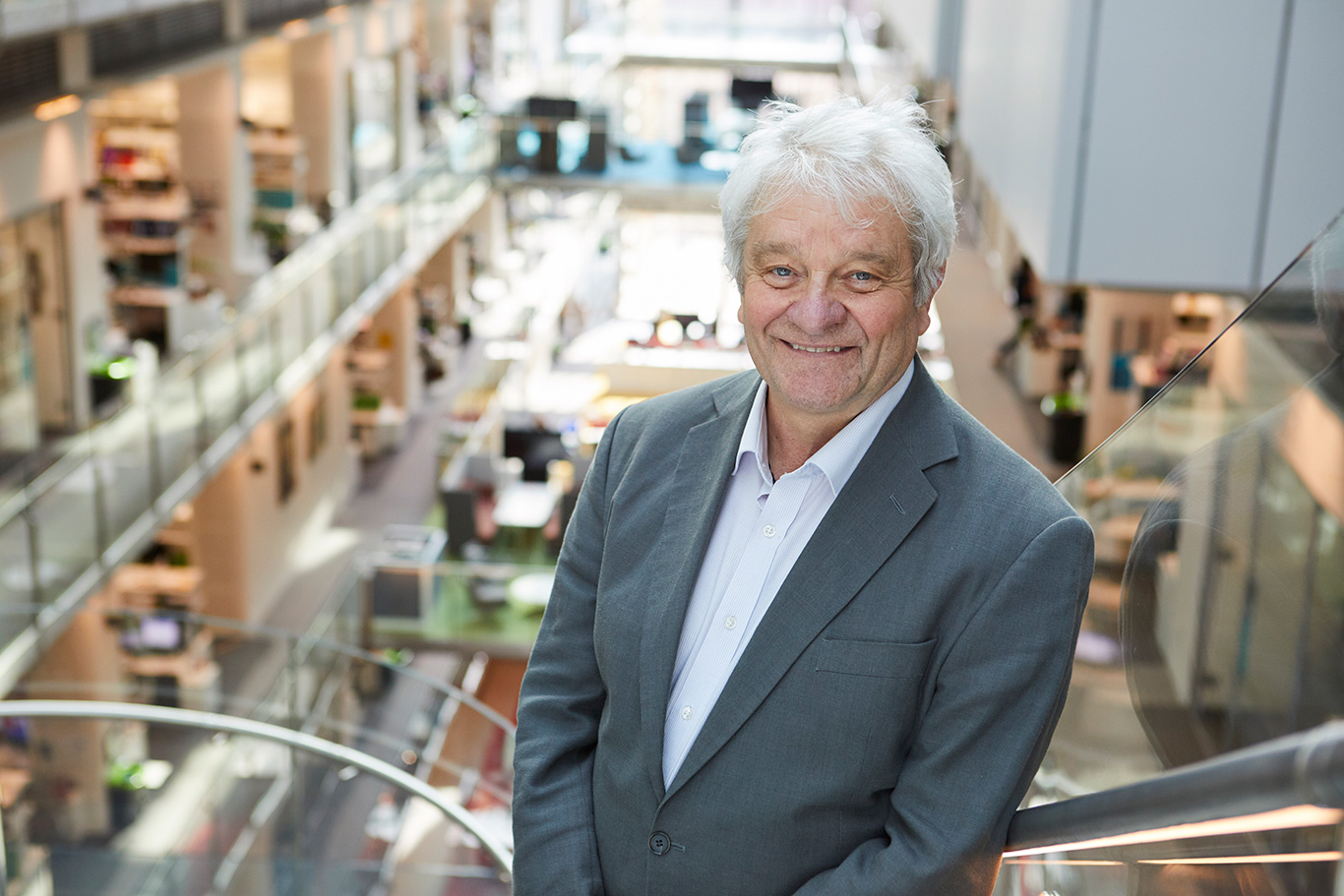
Sir Paul Nurse
Sir Paul Nurse, 2001 Nobel Prize in Physiology or Medicine
Director of the Francis Crick Institute, London
Paul Nurse is a geneticist and cell biologist who has worked on how the eukaryotic cell cycle is controlled. His major work has been on the cyclin dependent protein kinases and how they regulate cell reproduction. He is Director of the Francis Crick Institute in London, and has served as President of the Royal Society, Chief Executive of Cancer Research UK and President of Rockefeller University. He shared the 2001 Nobel Prize in Physiology or Medicine with Leland Hartwell and Tim Hunt, and has received the Albert Lasker Award, the Gairdner Award, the Louis Jeantet Prize and the Royal Society's Royal and Copley Medals. He was knighted by The Queen in 1999, received the Legion d'Honneur in 2003 from France, and the Order of the Rising Sun in 2018 from Japan. He served for 15 years on the Council of Science and Technology, advising the Prime Minister and Cabinet, and is presently a Chief Scientific Advisor for the European Union and a trustee of the British Museum. Paul flies gliders and vintage aeroplanes and has been a qualified bush pilot. He also likes the theatre, hill-walking, going to museums and art galleries, and running very slowly.
Sir Paul Nurse was introduced by Sir Tim Hunt.
Graduates

Lashmi Piriya Ananda Babu
Supervisor:
Professor Tomoyuki TakahashiCo-supervisor:
Professor Jeff WickensResearch Unit:
Cellular & Molecular Synaptic Function UnitThesis:
Functional roles of microtubules in a giant presynaptic terminal
Chris Reinke
Supervisor:
Professor Kenji DoyaResearch Unit:
Neural Computation UnitThesis:
The Gamma-Ensemble - Adaptive reinforcement learning via modular discounting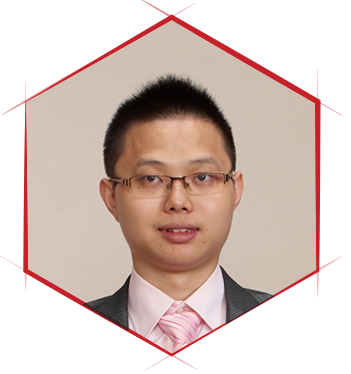
Dongrong Zhang
Supervisor:
Professor Gustavo GioiaResearch Unit:
Continuum Physics UnitThesis:
Spectral theory of turbulent flows
E Laine Wong
Supervisor:
Professor Keshav DaniResearch Unit:
Femtosecond Spectroscopy UnitThesis:
Ultrafast spatiotemporal control of photocarriers in doped semiconductors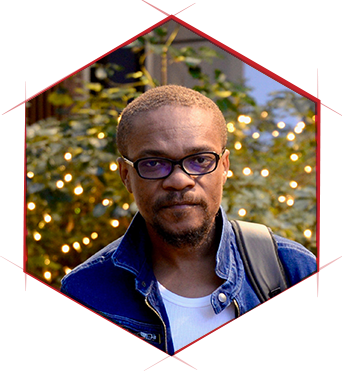
Kalale Chola
Supervisor:
Professor Tsumoru ShintakeResearch Unit:
Quantum Wave Microscopy UnitThesis:
Development of an SPH variant of implicit LES for studying wave energy transport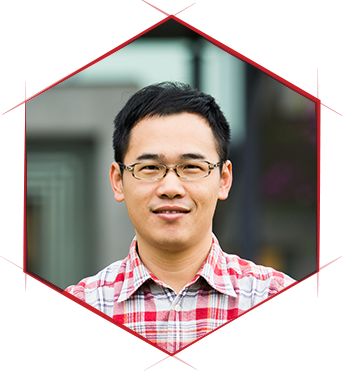
Tsai-Ming Lu
Supervisor:
Professor Noriyuki SatohResearch Unit:
Marine Genomics UnitThesis:
Comparative genomic studies on Dicyema japonicum: the phylogenetic position of dicyemids and the genomic adaptations to parasitic lifestyle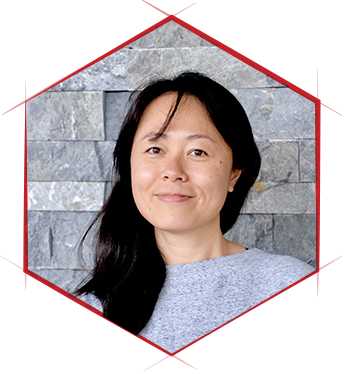
Jui-Yin Lin
Supervisor:
Professor Denis KonstantinovResearch Unit:
Quantum Dynamics UnitThesis:
Transport properties of strongly correlated 2D electrons confined in microchannels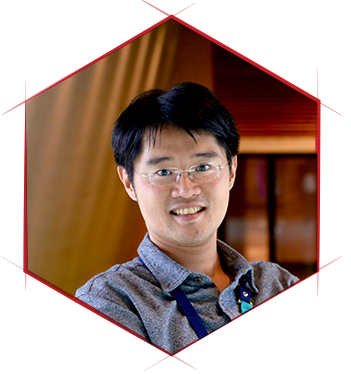
Ray Xin Lee
Supervisor:
Professor Bernd KuhnCo-supervisor:
Professor Greg StephensResearch Unit:
Optical Neuroimaging UnitThesis:
Nature and source of animal spontaneous behaviors: Insights from psychobehavioral development and neuronal population dynamics in mice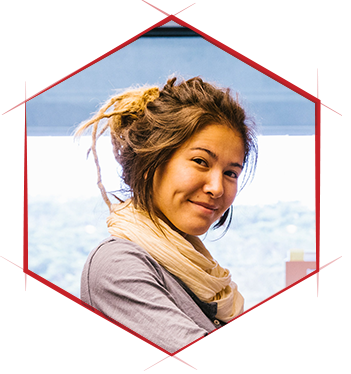
Patricia Himeka Wepfer Suzuki
Supervisor:
Professor Satoshi MitaraiCo-supervisor:
Professor Evan EconomoResearch Unit:
Marine Biophysics UnitThesis:
Spatial genetic structure in the coral genus Galaxea (Euphyllidae) and their associated Symbiodiniaceae communities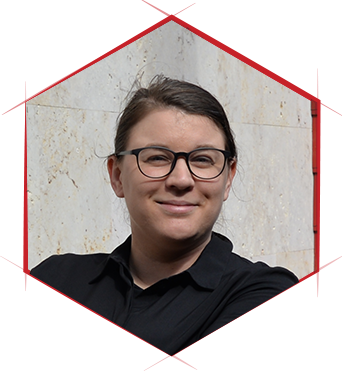
Jessica Verena Schulze
Supervisor:
Professor Kenji DoyaResearch Unit:
Neural Computational UnitThesis:
Spatial and modular regularization in effective connectivity inference from neural activity data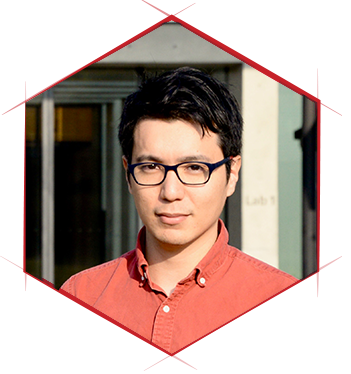
Hiroaki Hamada
Supervisor:
Professor Kenji DoyaCo-supervisor:
Professor Greg StephensResearch Unit:
Neural Computational UnitThesis:
Serotonergic control of brain-wide dynamics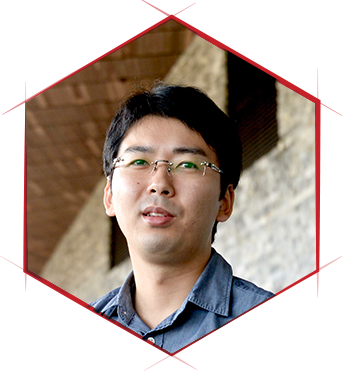
Masakazu Igarashi
Supervisor:
Professor Jeffery WickensResearch Unit:
Neurobiology Research UnitThesis:
The role of interhemispheric cortico-cortical connections in bimanual coordination in the rat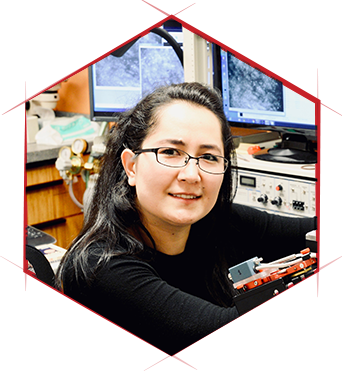
Abudukeyoumu Nilupaer
Supervisor:
Professor Gordon ArbuthnottResearch Unit:
Brain Mechanism for Behaviour UnitThesis:
Cholinergic interneurons in striatal microcircuit dynamics studied with anatomical and behavioral methods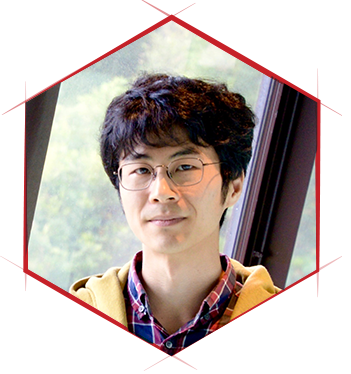
Kazuto Kawamura
Supervisor:
Professor Ichiro MaruyamaResearch Unit:
Information Processing Biology UnitThesis:
Forward genetic screen for Caenorhabditis elegans mutants with a progressive decline in adult locomotor function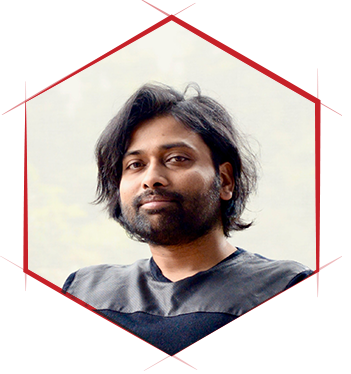
Tosif Ahamed
Supervisor:
Professor Ichiro MaruyamaCo-supervisor:
Professor Greg StephensResearch Unit:
Information Processing Biology UnitThesis:
Capturing the nonlinear dynamics of animal behavior with applications to the nematode C. elegans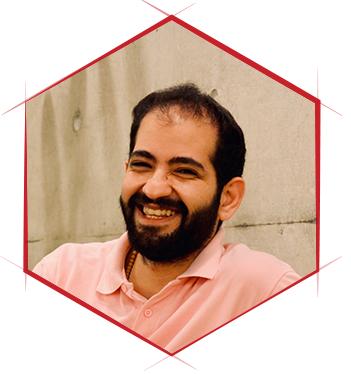
Haytham Mohamed
Supervisor:
Professor Tadashi YamamotoResearch Unit:
Cell Signal UnitThesis:
Post-transcriptional regulation of circadian rhythm: Involvement of the CCR4-NOT complex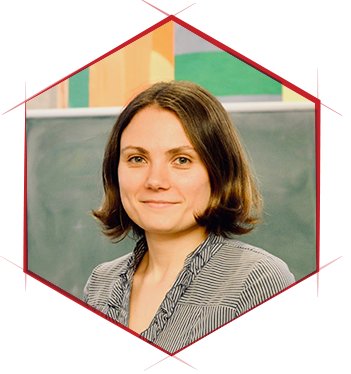
Irina Reshodko
Supervisor:
Professor Thomas BuschResearch Unit:
Quantum Systems UnitThesis:
State engineering in one-dimensional quantum gases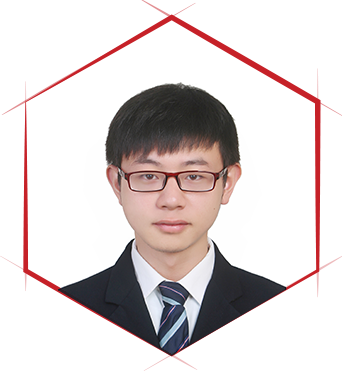
Yafei Mao
Supervisor:
Professor Noriyuki SatohCo-supervisor:
Professor Evan EconomoResearch Unit:
Marine Genomics UnitThesis:
Whole-genome sequence analysis of the evolutionary history of the reef-building coral genus Acropora (Scleractinia, Cnidaria)
Girish Beedessee
Supervisor:
Professor Noriyuki SatohResearch Unit:
Marine Genomics UnitThesis:
Genomic insights on secondary metabolism in symbiotic dinoflagellates